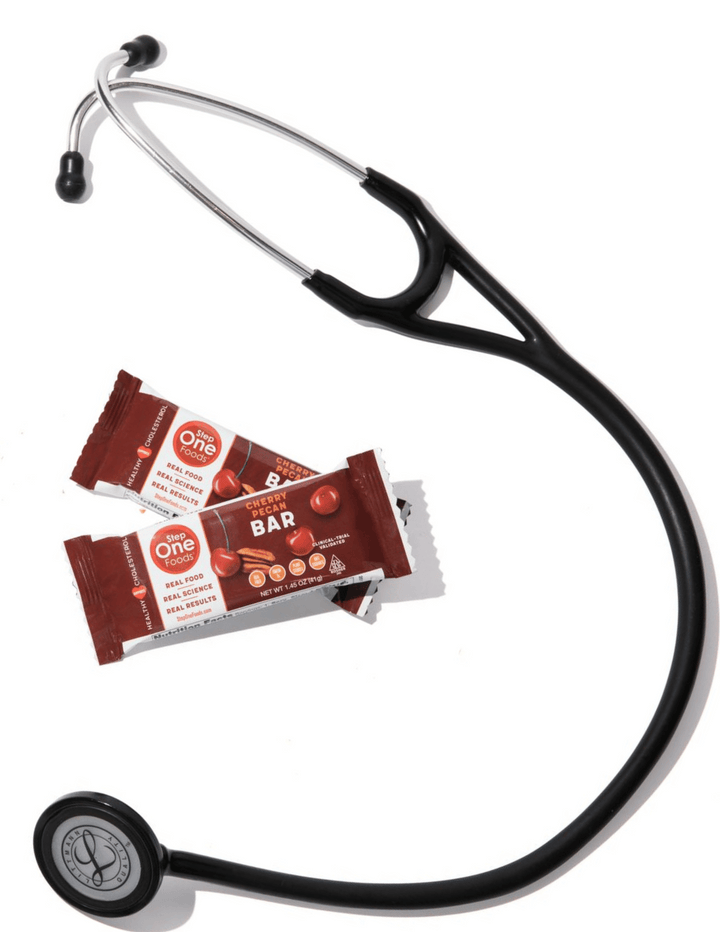How bad is heart disease in your state? And what can you do about it?

United Health Foundation recently released its annual America’s Health Rankings. For anyone who cares about the health status of Americans, this is a valuable tool and summary. Unfortunately, what this year’s report reveals about heart disease (and other chronic conditions) is nothing to celebrate.
The interactive website allows you to look up various health metrics in your state. But even if you live in one of the healthiest states, as I do, the news is not good. There has been no improvement in controlling heart disease. In fact, cardiovascular disease has only gotten more common.
Here are some of the main findings of the 2023 report (brace yourself!)
- Eight chronic conditions — arthritis, depression, diabetes, asthma, cancer, cardiovascular diseases, chronic obstructive pulmonary disease, and chronic kidney disease — reached their highest levels since America’s Health Rankings began tracking them.
- Across these eight conditions, there are big disparities in almost every demographic group.
- About 29 million adults, over 10% of the population, reported having three or more chronic conditions.
- The number of primary care providers has decreased.
People tell me this is good for my business – but I know I should be out of work! 80% of heart disease need not exist. Most sadly, many of the people who suffer a heart attack or stroke probably never had a doctor tell them what changes they should make to improve their heart health.
I’m forever beating the drum on nutrition because it figures so prominently in driving most of the modifiable risk factors for heart disease. Unfortunately, those risk factors are gaining ground too. Nearly half of US adults have hypertension, 2 in 5 have high cholesterol, 135 million Americans are diabetic or prediabetic, and over 70% are overweight or obese. Meanwhile only 10% consume the minimum recommended intake of fruits and vegetables.
As a cardiologist, I guide individual patients in making better choices every day. But I’m only one person and I can only interact with so many individuals in my practice. And that won’t even scratch the surface when it comes to shifting these overwhelming numbers. My mission in starting Step One Foods has been to turn my knowledge and passion into an actionable step people could take to improve their health, even when they can’t see me as their doctor. That doesn’t mean I EVER want anyone going against their own doctor’s advice! But if I can share my expertise and help, even a little, I want to do that. Because when it comes to eating right, we all could use a little help.
Every time I read a report like this I am reminded of how much work is still to be done. But I remain undeterred. This problem CAN be solved - if we share what we know with each other. Lots of people could benefit from a solution like Step One. Maybe you know someone who could. Sharing your experience with Step One could make a real difference in that person’s health trajectory. Even if they only come to our website for education.
When we say “Your health is our mission,” we mean that. We truly are here to help.

Tested & Proven Results.
- Cardiologist formulated
- Supported by over 500 publications
- Clinically-proven, in a double-blind randomized trial with Mayo Clinic and The University of Manitoba
80% of participants lowered their cholesterol in just 30 days. With just two servings per day, Step One Foods offers a proven-effective way to naturally lower LDL (bad) cholesterol.
Get heart health tips and articles like this, delivered right to your email.
New articles every week.
You may also like...

Insulin Resistance, Prediabetes and Type 2 Diabetes. Part 3: Fat in All the Wrong Places

Insulin Resistance, Prediabetes and Type 2 Diabetes. Part 2: Chronic Calorie Excess

You don’t need to avoid foods with cholesterol…except for these


